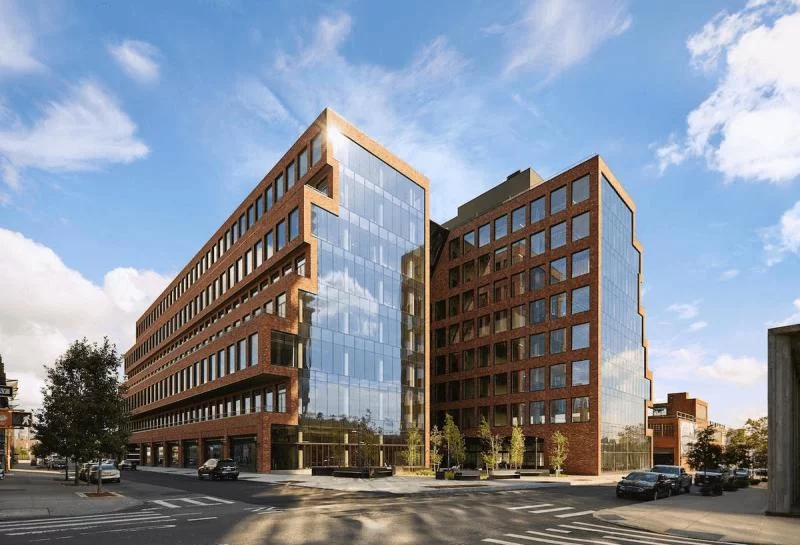The Advantages of Leasing Office Space in a Historic Building in Brooklyn
- 1. Why Choose Historic Buildings for Office Space?
- 2. Unique Architecture and Character of Historic Buildings
- 3. Prime Location and Transportation Access
- 4. Cost Considerations and Leasing Flexibility
- 5. Enhanced Brand Image and Client Impressions
1. Why Choose Historic Buildings for Office Space?
Leasing office space in a historic building in Brooklyn offers a range of unique advantages that can benefit businesses both in terms of practicality and brand image. Historic buildings often provide character and charm that modern office spaces cannot match, and their prime locations in vibrant, well-established neighborhoods can be ideal for businesses seeking a combination of prestige and functionality.
Whether you’re a startup, a creative agency, or a long-established company looking to refresh your workspace, choosing a historic office space in Brooklyn can provide numerous benefits. These advantages include a distinctive aesthetic appeal, enhanced company image, and the ability to position your business in one of New York City’s most exciting and dynamic boroughs.
2. Unique Architecture and Character of Historic Buildings
One of the most compelling reasons to lease office space in a historic building is the unique architectural elements that set these spaces apart from conventional, modern office environments. Brooklyn’s historic buildings often feature elegant details such as high ceilings, large windows, exposed brick walls, and vintage woodwork—details that create an inspiring and dynamic atmosphere for both employees and clients.
The distinctive charm of these spaces can create a welcoming and comfortable environment that promotes creativity and fosters a sense of pride among employees. Additionally, a unique office space can become a talking point for visitors, helping your business stand out in a competitive market.
3. Prime Location and Transportation Access
Brooklyn’s historic districts are often located in areas that offer excellent access to public transportation, making them highly desirable for businesses. Whether you are near Brooklyn Heights, DUMBO, or Williamsburg, you can expect proximity to subway lines, bus routes, and major highways, providing convenience for employees and clients alike.
Being situated in a historic building in Brooklyn also places your business in close proximity to a thriving community of professionals, creatives, and entrepreneurs. This can be an excellent way to network and collaborate with other businesses in the area, while enjoying the vibrancy and cultural richness that comes with living and working in one of the most dynamic parts of New York City.
4. Cost Considerations and Leasing Flexibility
Leasing office space in a historic building in Brooklyn can offer flexibility in leasing terms and sometimes more competitive pricing compared to new developments in the area. Although historic buildings may come with certain maintenance costs due to their age, many landlords of these properties are willing to negotiate on lease terms to accommodate tenants. Additionally, some historic spaces have been renovated to include modern amenities while still retaining their original charm, offering the best of both worlds.
For businesses that value both location and atmosphere, historic buildings may offer a more affordable option compared to newly developed high-rise buildings, especially when considering the value of the added character and community appeal.
5. Enhanced Brand Image and Client Impressions
Leasing office space in a historic building can significantly enhance your brand’s image. The prestige of working in a well-known, historical location can create a positive impression on your clients, partners, and employees. It communicates a sense of stability and success while showing that your business appreciates heritage and innovation.
A beautifully restored historic office space in Brooklyn can serve as a reflection of your company’s values and identity. It also creates an opportunity to position your business as part of the fabric of a thriving, historic neighborhood, which can be an attractive feature for clients seeking authenticity and cultural depth.









